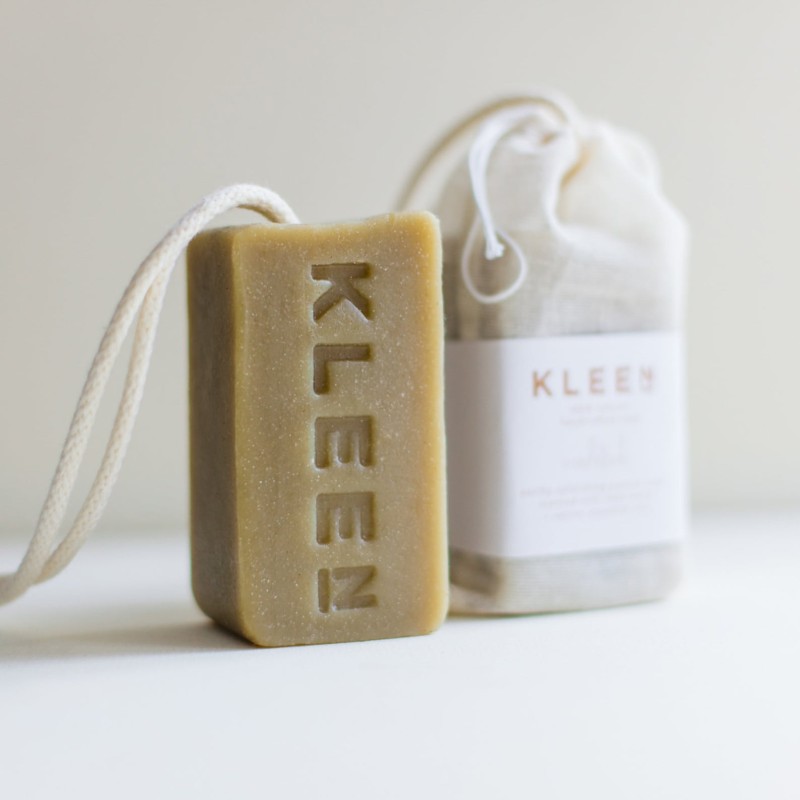Simple Swaps for Greener Music Festivals

Glastonbury is actually held near the village of Pilton, whose population swells from 1000 to 200,000 each summer. The locals don’t mind that much, as the festival-goers are a pretty peaceful lot, and obviously bring in income for the pubs!
The festival does generate huge amounts of litter. But it has things in order, with chosen litter pickers (who get their own campsite with flushing toilets and meal vouchers) going into action when the festival ends.
Leaving the place pristine within a few days. Unusual items found include:
- A grandfather clock
- A bra with poo in it
- A wig that someone had vomited in
- People sleeping under piles of clothes!
Tips for Greener Music Festivals
- Take the train or share lifts. Most festivals offer shuttle buses or discounts for public transport users.
- Bring a refillable water bottle (most festivals offer water stations).
- Invest in personal ashtrays and cigarette bins.
- Avoid glitter (even ‘biodegradable ones’ often contain microplastics).
- Stick to marked paths and camp in approved areas.
- Power your festival with Ecotricity (does not burn abattoir waste).
- Set up waterproof cardboard tents. Don’t smoke in or near them (near any kind of ten). Cook at least 2 metres away.
- Install modern composting toilets (and air-flush urinals)
Gomi Music Speakers (made from plastic bags!)
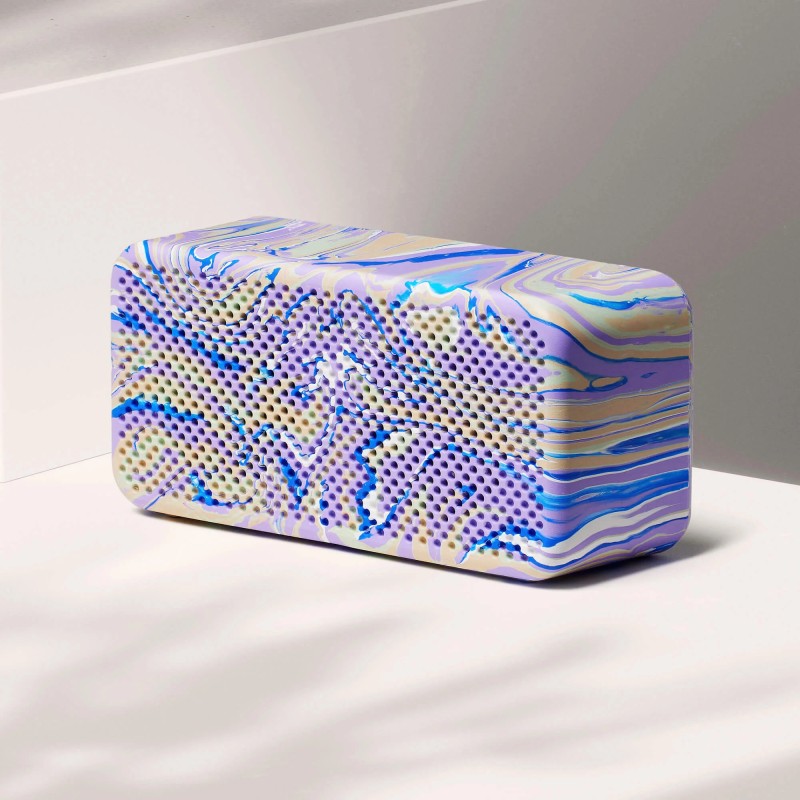
This GOMI speaker is not just stunning to look at, but the unique colours are due to being made from recycled plastic bags.
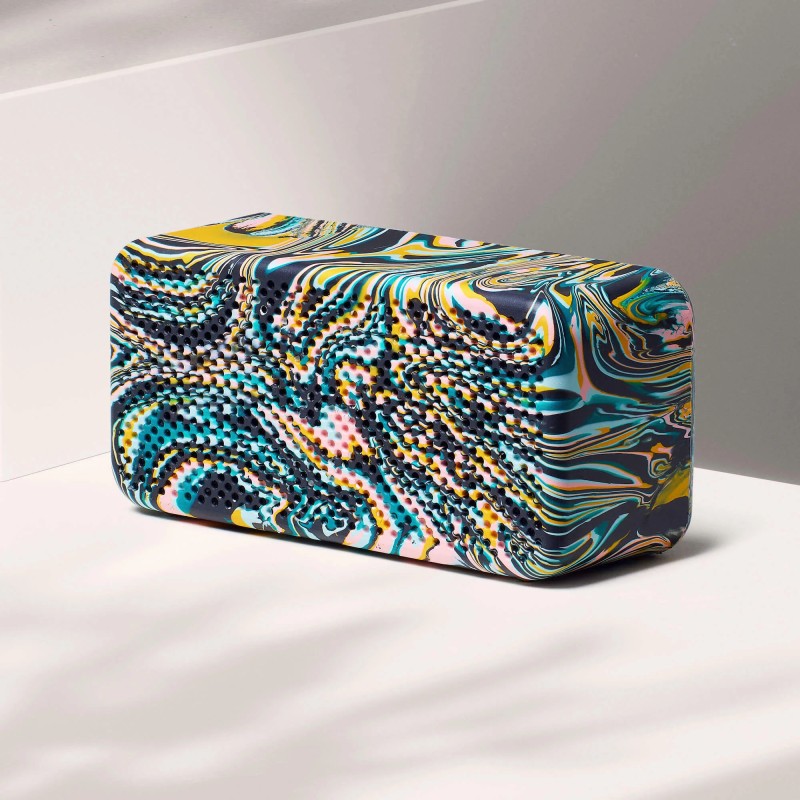
Sold with a lifetime repair guarantee, it’s handmade in Brighton (with 32 hours of battery life to boot) and compatible with Bluetooth and AUX.
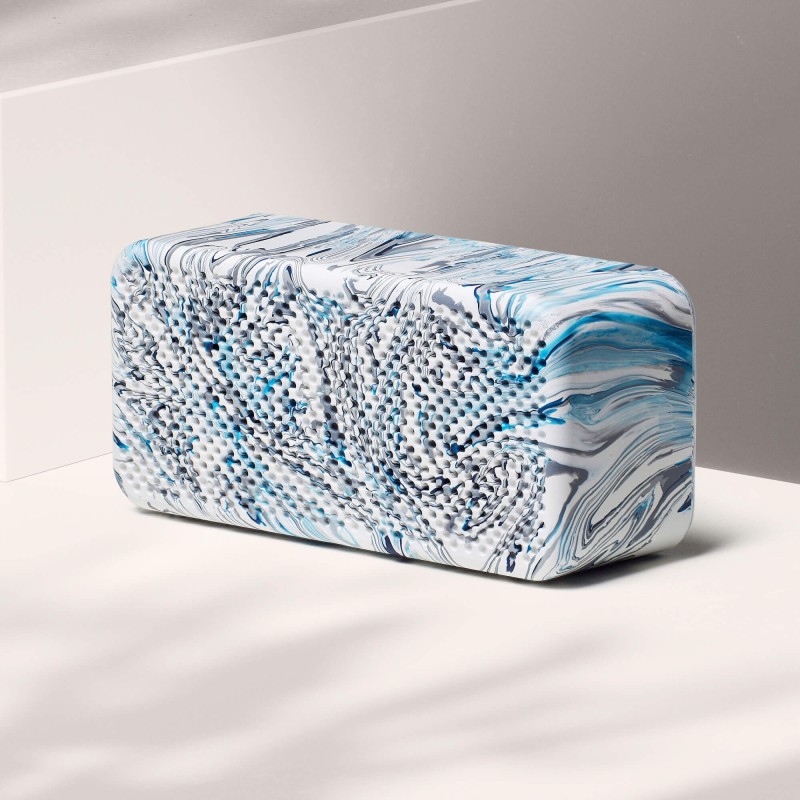
The USB-C fast charges from 0 to 100% in just 2 hours, and you can pair two for full stereo sound. This product generates half the carbon dioxide emissions of comparable speakers. Also good for pubs and discos.
Minirig Portable Speakers offer 30 hour or 80 hour battery life, with an easy repair service. The perfect portable speaker for festivals.
Music Headphones (from recycled plastic bottles)
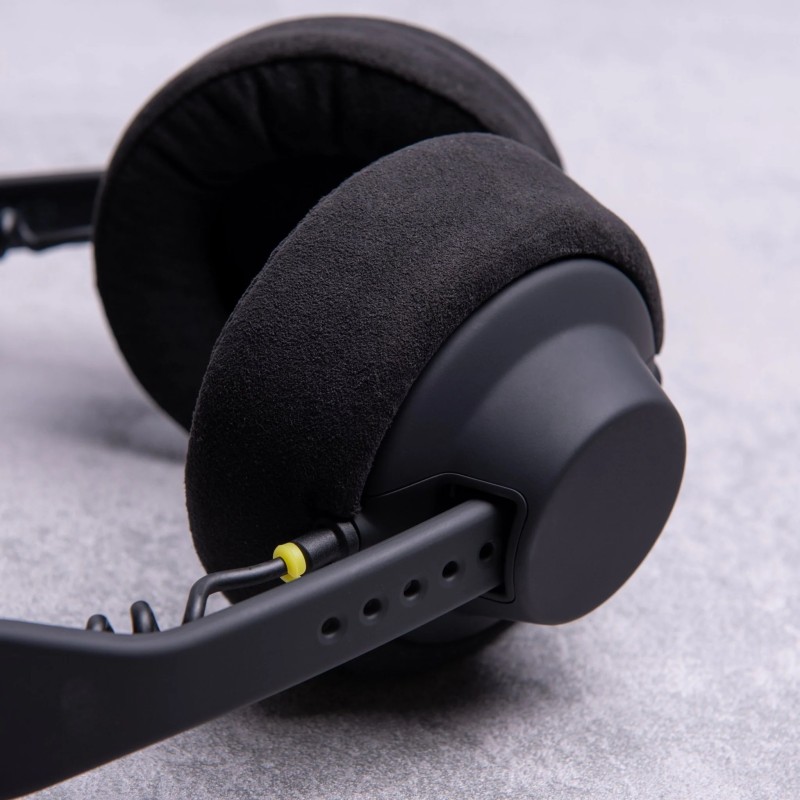
AIAIAI Headphones are sold with a 4-year warranty, and again easy to repair. Trusted by musicians and technicians worldwide, the hard-shell carry case keeps them safe from scratches.

The lightweight Bluetooth headphones (above) offer critically-acclaimed sound and feature soft ear cushions that are made from recycled materials (including plastic bottles).
Repairable Modular Headphones (for DJs!)
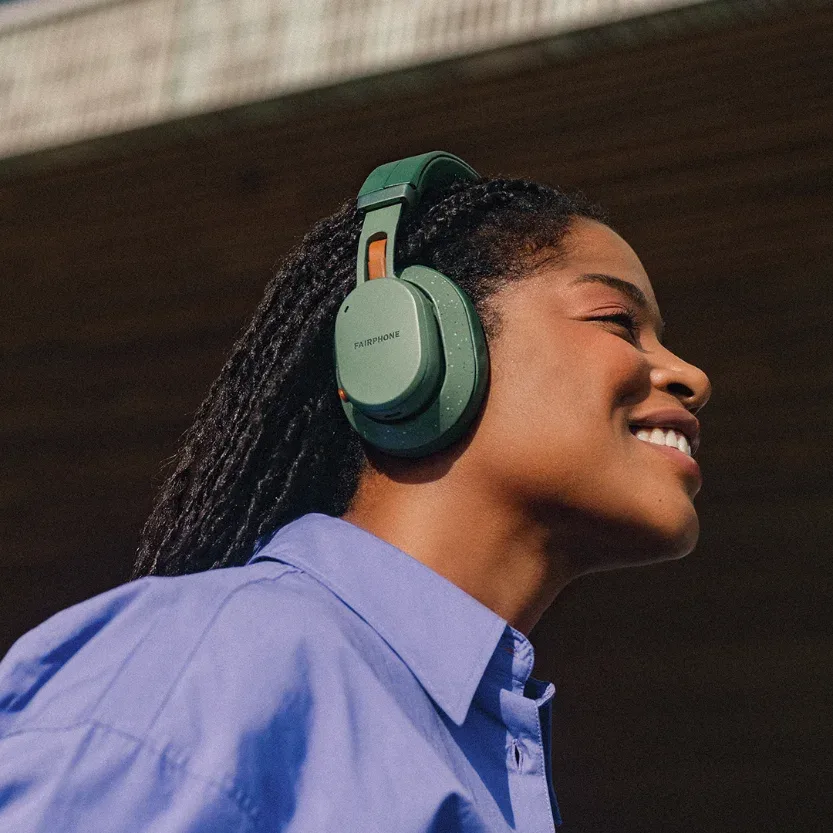
Fairphone (a company that makes repairable smartphones) also makes modular headphones, that are easy to repair, made from recycled plastic and aluminium, by people paid a living wage.
And for each pair bought, the company recycles the same amount of electronic waste, meaning they are e-waste neutral. You can also replace the headband and ear cushion, so if the sound is only come out of one ear, you don’t have to buy a new pair.






